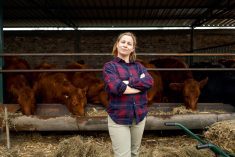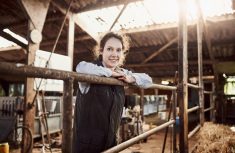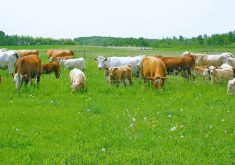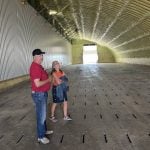There seem to be periods when renewal becomes a focus for those of us in agriculture. As winter ends and the promise of spring is near, we can think about aspects beyond direct production. It does seem to be particularly timely to consider some of the lessons of Stephen Covey, educator, author, businessperson and speaker. But any time can be beneficial.
Stephen Covey, with his book Seven Habits of Highly Effective People, is well known in the field of personal growth and leadership. His tenets include:
- Be proactive.
- Begin with the end in mind.
- Put first things first.
- Think win-win.
- Seek first to understand, then be understood.
- Synergize
- Sharpen the saw. “Preserve and enhance the greatest asset you have, yourself,” is how Covey describes it.
“Habit is the intersection of knowledge, skill and desire,” writes Covey. To break through paradigms that are no longer serving us, we need all three. Knowledge is the what to do and the why. Skill is the how-to and desire is the want to do or the motivation.
Read Also
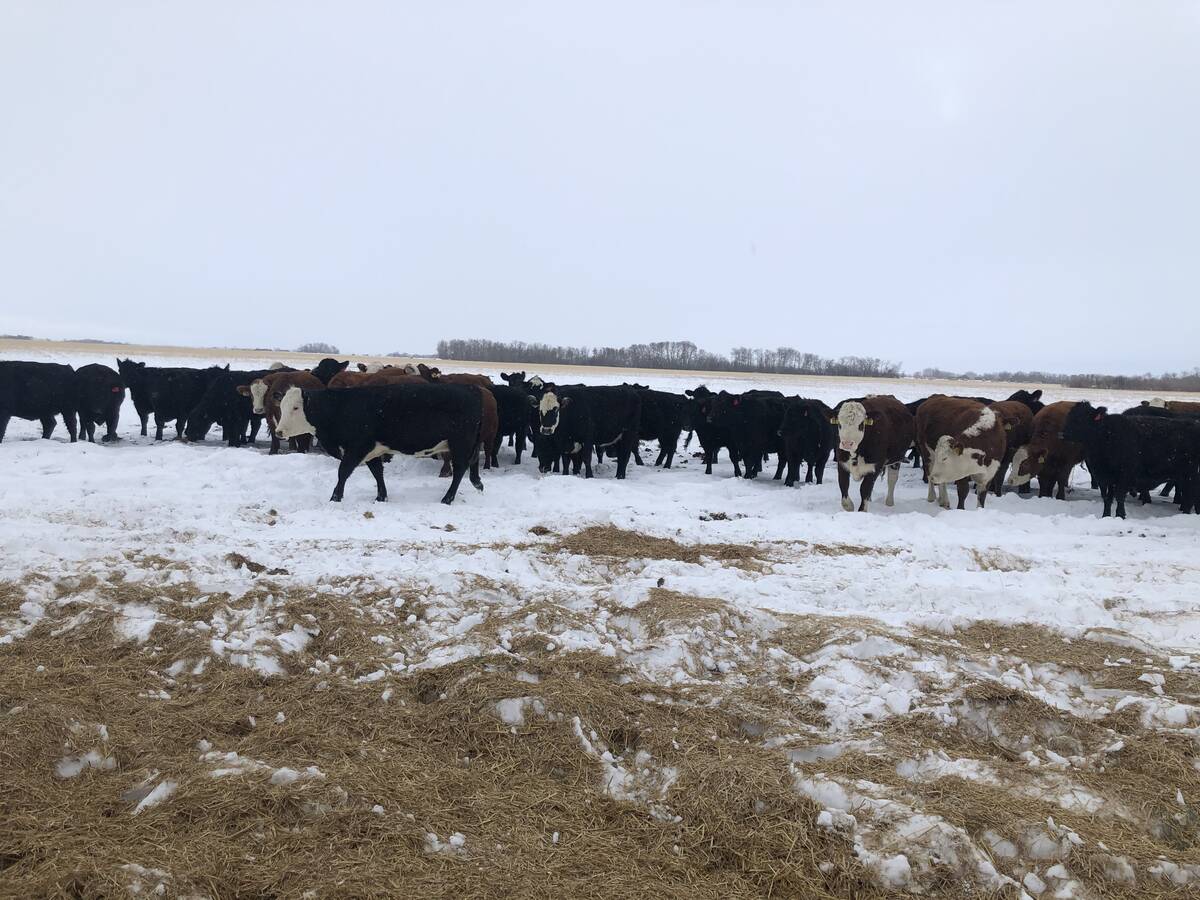
Picking the most efficient cows to rebuild your cow herd
A new cow ranking system to help beef farmers and ranchers pick the most efficient cows as they rebuild their herds.
Covey has also applied the seven habits in other contexts, one of those being with families. He is the one who said, “Good families — even great families — are off track 90 per cent of the time. The key is that they have a sense of destination.” Along with the destination, a flight plan and compass are necessary.
Under the point of being proactive, Covey shares a powerful lesson he learned. In between stimulus and response, is the power to choose. In that lies our growth and happiness. The second habit, beginning with the end in mind, is self-evident. Have a clear, compelling vision of what your family is about. Do this in such a way that works for you and your operation. And use it as a guidepost to keep on track.
When referring to the third habit of putting first things first, Covey suggests regular family or group time, as well as one-on-one.
The habits of thinking win-win, seeking first to understand and synergizing are deeply inter-woven together.
“Together, these three habits create the process that leads to the most phenomenal magic in family or group life — the ability to work together to create new solutions, new ideas that are better than any individual member could ever come up with alone,” writes Covey. “They also support the building of mutual respect, mutual understanding and creative co-operation.”
As we are working on better understanding, a key is to improve listening. Covey has five levels: ignoring (within one’s own frame of reference), pretend listening, selective listening, attentive listening and, last, empathic listening (within the other’s frame of reference). Another aspect of improved understanding is giving feedback. It seems to me for many of us this is an underused muscle and one that takes work to build and develop.
The final habit of synergy is the magic that happens when all the others work together and as Covey puts it, “one plus one equals three.” And realizing that people see things differently is a strength, not a weakness. “It is creative teamwork and creative co-operation where something new is created that was not there before.”
Covey recommends questions to help enhance synergy that we can use in our own teams:
- What is the problem from everyone’s point of view?
- What are the key issues involved?
- What would constitute a fully acceptable solution?
Covey’s final habit focuses on continuous improvement, both as individuals and in teams, independently and interdependently. It is always a work in progress, and we cannot forget that. “Sharpening the saw is the single highest leverage activity in life because it affects everything else so powerfully,” stresses Covey.
Covey brings the points of principle-centred family leadership together with an illustration of a tree. The roots are modelling and examples of trustworthiness; the bottom of the trunk is mentoring with a relationship of respect and caring. The top of the trunk is organizing and aligning the structure to the mission. The leaves are teaching and empowering principles.
Other gems shared in the book, which I have referred to in previous columns about the circle of concern and the circle of influence, include being intentional about building the emotional bank account and developing your unique human gifts. Another illustration is “filling your jar” with the most important tasks first. Do not let it get filled with the less important pieces.
We must all remember that each of us has our own unique perspective. No one else sees the world the same as you. Logically, I know this but must continually remind myself of it. In Covey’s words, “People do not see the world as it is, they see it as they are — or as they have been conditioned to be.”
The wisdom and insight Covey brought to his work can be one of the many tools in our toolbox as we work to grow and nurture all the various aspects of our agriculture operations.





